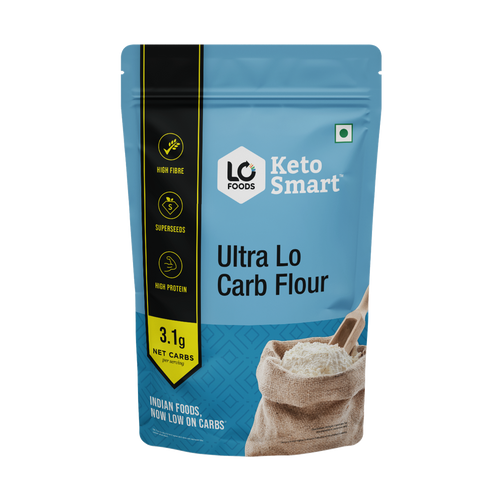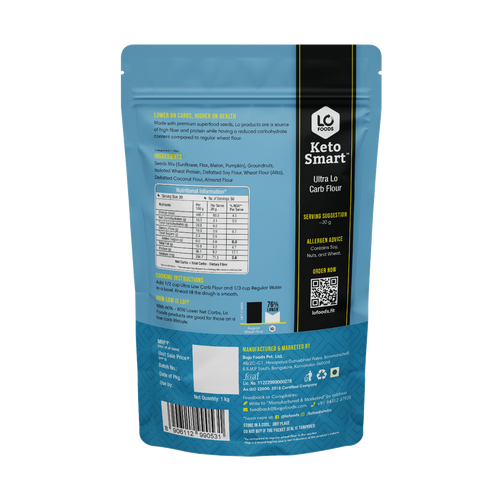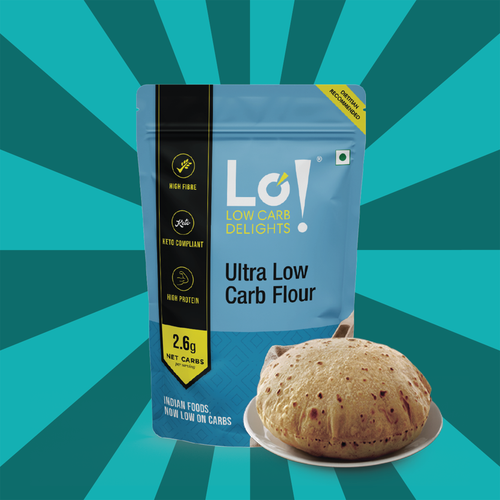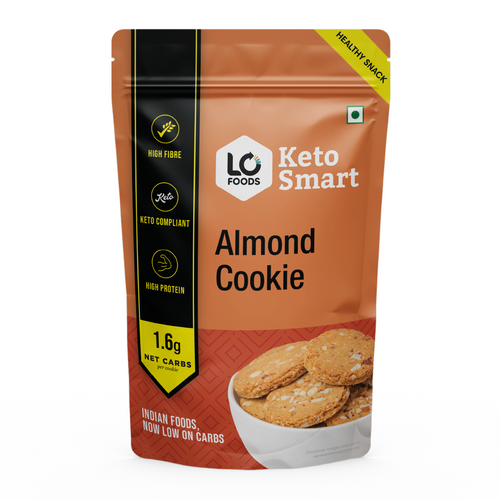
How much protein is there in sattu?
Sattu, a traditional Indian flour, holds a special place in the realm of nutritious foods. It is primarily made by roasting and grinding Bengal gram or chana dal into a fine powder. This versatile ingredient is celebrated for its rich nutrient profile and myriad health benefits.
Packed with protein, sattu serves as an excellent plant-based source of this essential macronutrient. Not only is it a staple in many Indian households, but it has also gained popularity in the health and fitness community for its protein content and versatile uses in cooking.
Overall, sattu's popularity as a nutritious food in India stems from its impressive nutritional profile, particularly its protein content. Whether you are looking to boost your protein intake or simply explore new flavors, incorporating sattu into your diet can offer a wholesome and delicious experience.

Nutritional Profile of Sattu
NUTRIENTS |
CALORIES IN SATTU (PER 100G) |
|---|---|
Energy |
371 Kcal |
Protein |
9.33 g |
Carbohydrates |
78.42 g |
Sugar |
2.93 g |
Fat |
2.17 g |
3 easy Sattu dishes at home
Items |
Ingredients |
Instructions |
|---|---|---|
Sattu Drink (Sattu Sherbet) |
|
|
Sattu Ka Ladoo (Sattu Energy Balls) |
|
|
Sattu Pancakes |
|
|
Benefits of Sattu
Rich in Protein: Sattu is an excellent source of plant-based protein, aiding in muscle repair, growth, and overall body function.
High in Fiber: Sattu is rich in dietary fiber, promoting digestive health by regulating bowel movements and preventing constipation.
Low Glycemic Index: Sattu has a low glycemic index, helping regulate blood sugar levels and reducing the risk of insulin spikes.
Nutrient Dense: Sattu is packed with essential vitamins (such as vitamin B complex) and minerals (like iron, calcium, and magnesium), supporting overall health and vitality.
Energy Booster: Sattu provides a sustained release of energy due to its complex carbohydrates, making it an ideal food for maintaining energy levels throughout the day.
Cooling Properties: Sattu is known for its cooling effect on the body, making it particularly beneficial during hot summer months to combat dehydration and heat-related ailments.
Weight Management: Sattu's high protein and fiber content can help promote satiety, reduce appetite, and support weight loss or weight management efforts.
Versatile and Convenient: Sattu can be consumed in various forms, including drinks, parathas, ladoos, and pancakes, making it a versatile and convenient ingredient for cooking and snacking.

Sattu: A Protein-Rich Superfood
Sattu emerges as a remarkable protein source, holding significant nutritional value and versatility. With approximately 20-25 grams of protein per 100 grams of sattu, it stands as a commendable protein source, especially for vegetarians and vegans. This quantity aligns well with the protein content found in other protein-rich foods, solidifying its position as a viable protein option.
Moreover, the digestibility and bioavailability of the protein in sattu contribute to its appeal as a complete protein source. The amino acids present in sattu are crucial for various bodily functions, aiding in muscle repair, enzyme production, and overall health maintenance.
Considering the protein density in sattu and its traditional significance in Indian cuisine, incorporating this nutrient-dense flour into meals can enhance the overall protein intake in a balanced diet. Whether consumed as a beverage, porridge, or added to dishes, sattu's versatility makes it a convenient and nutritious choice for individuals prioritizing protein consumption.
This Blog post is an initiative by Lo! Foods, to provide accurate and Nutritionist / Doctor approved information related to Health. Lo! Foods is India's leading brand for Everyday Functional Foods. Foods designed for specific Health conditions or Needs. Lo! Foods also runs India's largest range of Low Carb Healthy Cloud Kitchens, under the brand names of Lo!, ProteinChef, ATH (All Things Healthy) and DiabeSmart.















Leave a comment
Your email address will not be published.